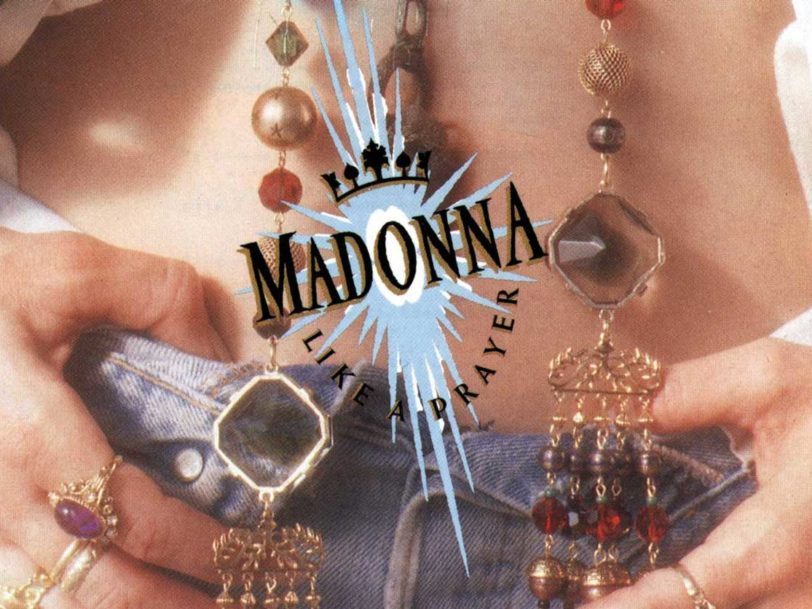Any doubts that a year’s break from her stratospheric recording career might have harmed what came next were resoundingly shattered with the 21 March 1989 release of Like A Prayer. With her fourth album, Madonna unveiled a 11-song collection that would see her – finally – match her commercial momentum with an equal wallop of critical credibility, pairing her routine pop confection with richer vocals, more reflective lyrics and generous, layered instrumentation. There was even a restless experimentation to the material that culminated in the album’s final song, Act Of Contrition – a burst of reverse sampling and perhaps the oddest thing Madonna has ever recorded. Things had certainly moved on.
Listen to Like A Prayer here.
A soulful, euphoric bullseye
Like A Prayer’s glorious title track had, of course, been released just a few weeks earlier, with a controversial (for the time) video that caused an immediate fallout with sponsors Pepsi, who had agreed to back her upcoming world tour. It was just the sort of controversy Madonna revels in, but shouldn’t distract from the anthem’s soulful, euphoric bullseye. This was a musical statement that didn’t require any embellishment. Recorded during the five months the album was created across late 1988, the single remains one of the best Madonna songs of all time, often cited by many people as their favourite, whether they are fans or not




